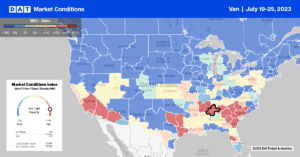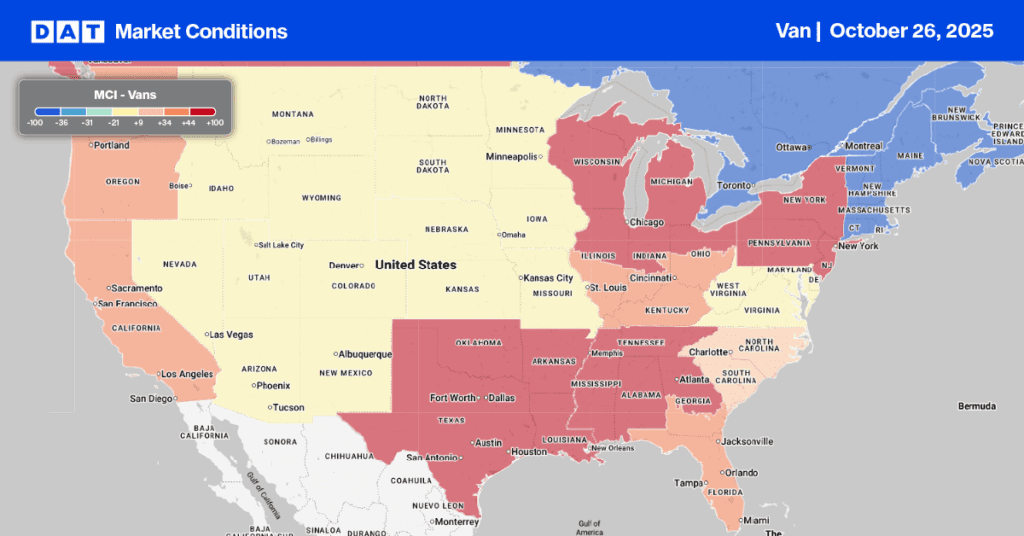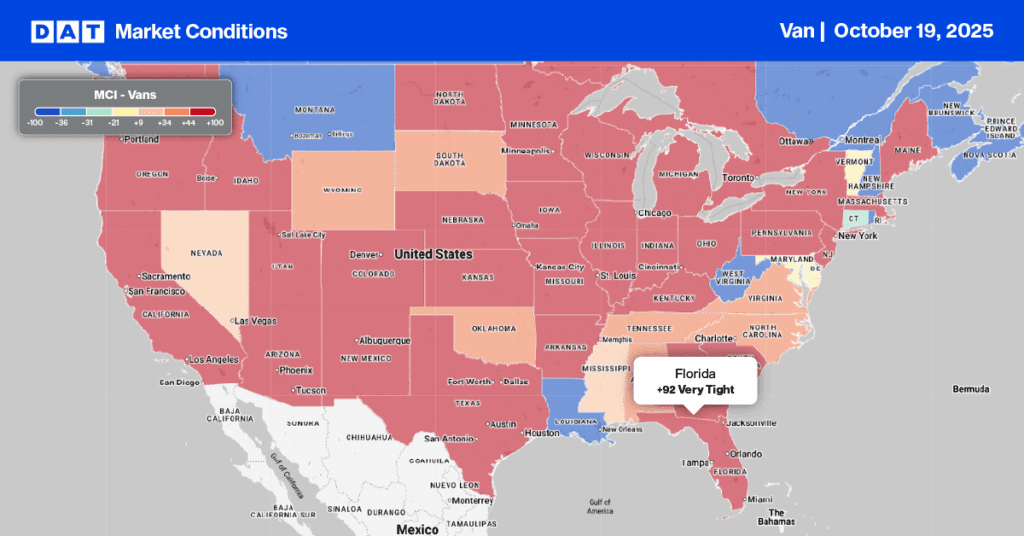Almost a month into Hurricane Season, the U.S. has seen its first tropical storm with a second forming, two of 12 to 17 total named storms (winds of 39 mph or higher) predicted by NOAA this season. NOAA’s outlook for the 2023 Atlantic hurricane season, which goes from June 1 to November 30, indicates a 40% chance of a near-normal season, a 30% chance of an above-normal season, and a 30% chance of a below-normal season. Of those names storms, 5 to 9 could become hurricanes (winds of 74 mph or higher), including 1 to 4 major hurricanes (category 3, 4, or 5, with winds of 111 mph or higher). NOAA has a 70% confidence in these ranges.
According to NOAA, “the upcoming Atlantic hurricane season is expected to be less active than recent years due to competing factors — some that suppress storm development and some that fuel it — driving this year’s overall forecast for a near-normal season.” After three hurricane seasons with La Nina present, NOAA scientists predict a high potential for El Nino to develop this summer, which can suppress Atlantic hurricane activity.
NOAA has published the tropical cyclone names for the Atlantic hurricane season. For Atlantic hurricanes, there is a list of male and female names used on a six-year rotation. The only time that there is a change is if a storm is so deadly or costly that the future use of its name on a different storm would be inappropriate. A supplemental list of names is used if more than twenty-one named tropical cyclones occur in a season. No storms start with Q, U, X, Y, or Z because of a lack of usable names.
Market Watch
All rates cited below exclude fuel surcharges unless otherwise noted.
On DAT’s Top 100 lanes, spot rates were up on 37 and down on 38 lanes, with 25 remaining flat last week. Spot market volumes were boosted by higher import volumes on the West Coast, which surged by 18% last month. This typically translates into higher spot market volumes as imported containers pass through the ports and into warehouses or transloading points. On the high-volume lanes directly connected to the Transpacific trade lane out of Los Angeles, volumes to Stockton increased by 4% last week and 7% on the Phoenix lane. Spot rates for loads between Los Angeles and Stockton averaged $2.70/mile the previous week, the highest since February but $0.70/mile lower y/y. Loads to Phoenix paid carriers $2.69/mile last week, which was $0.68/mile lower than the previous year.
California state average rates were flat at $2.08/mile and very close to 2019 levels, while in Los Angeles, the most prominent spot market in the state, linehaul rates increased by a penny per mile to $1.88/mile for outbound loads. In Dallas, spot rates were flat at $1.65/mile after rising for the prior three weeks, while in Atlanta, dry van linehaul rates dropped for the fourth week to $1.81/mile. Outbound Chicago spot rates decreased by $0.03/mile to $1.89/mile, and in the Elizabeth, NJ, market, rates dropped $0.03/mile to $1.33/mile last week, just $0.06/mile higher than the same week in 2019.

Load-to-Truck Ratio (LTR)
Spot market volumes continued at the lowest level in seven years following last week’s 1% w/w decrease. Load posts were 10% lower than in 2019, the next closest year going back to 2016. Dry van volumes have dropped for five consecutive weeks and are now 37% lower than last year. Carrier equipment posts decreased by 8% w/w, decreasing the dry van load-to-truck ratio (LTR) from 2.28 to 2.45.
Linehaul Spot Rates
The parallels to 2019 are becoming hard to ignore as we approach the middle of the year. Produce season typically impacts dry van rates as capacity shifts to higher-paying produce loads, and in a typical year, dry van linehaul rates would increase by $0.13/mile from mid-April to today. This year the increase is just $0.05/mile. Dry Van linehaul rates decreased by just over a penny per mile last week, leaving the national average around $1.68/mile, just $0.07/mile higher than in 2019. Compared to our Top 50 lanes, which averaged $1.99/mile last week, the national average was $0.31/mile lower.


